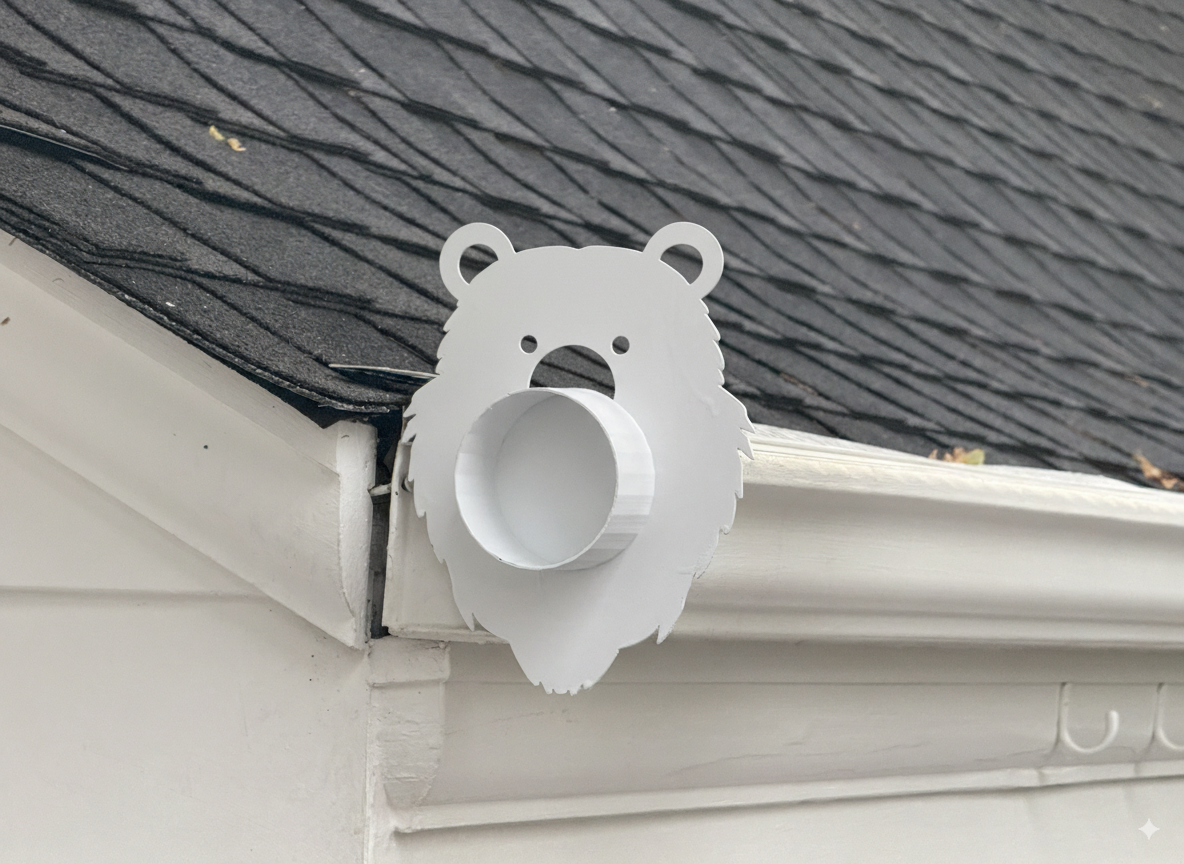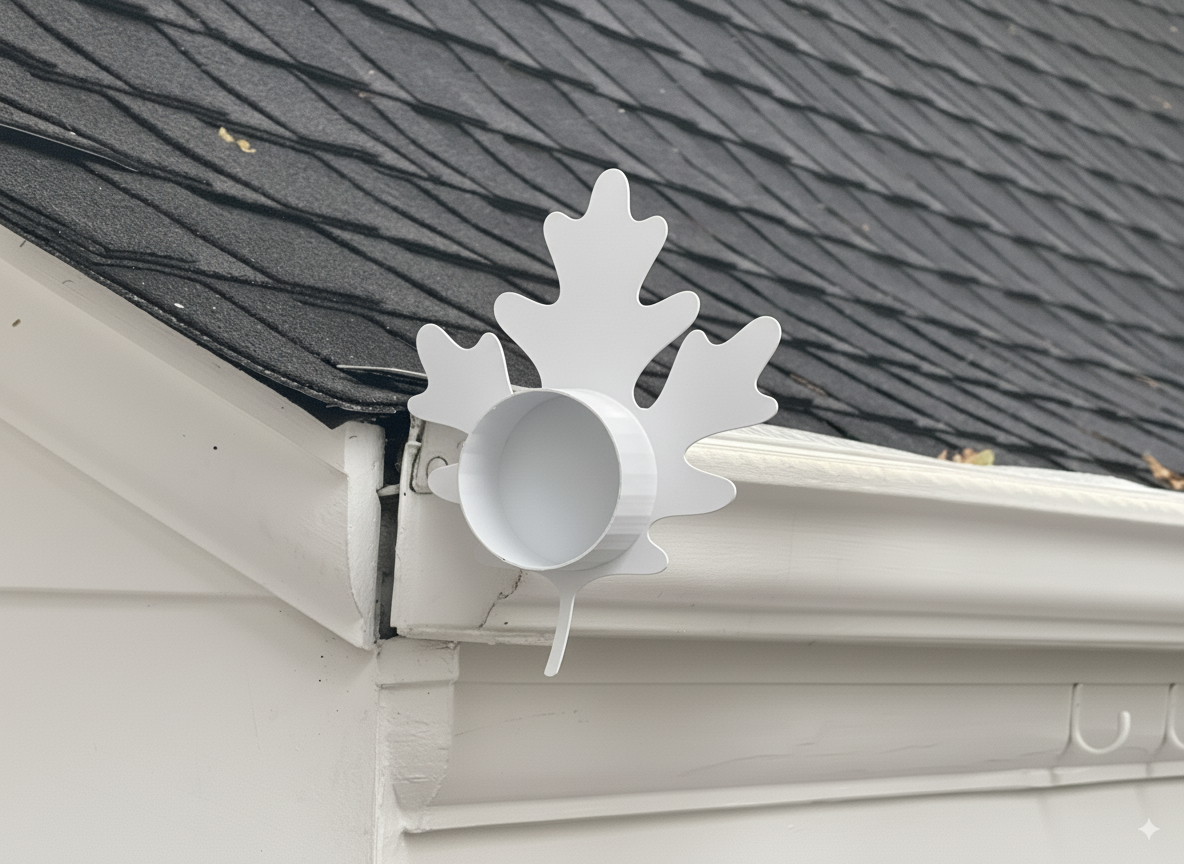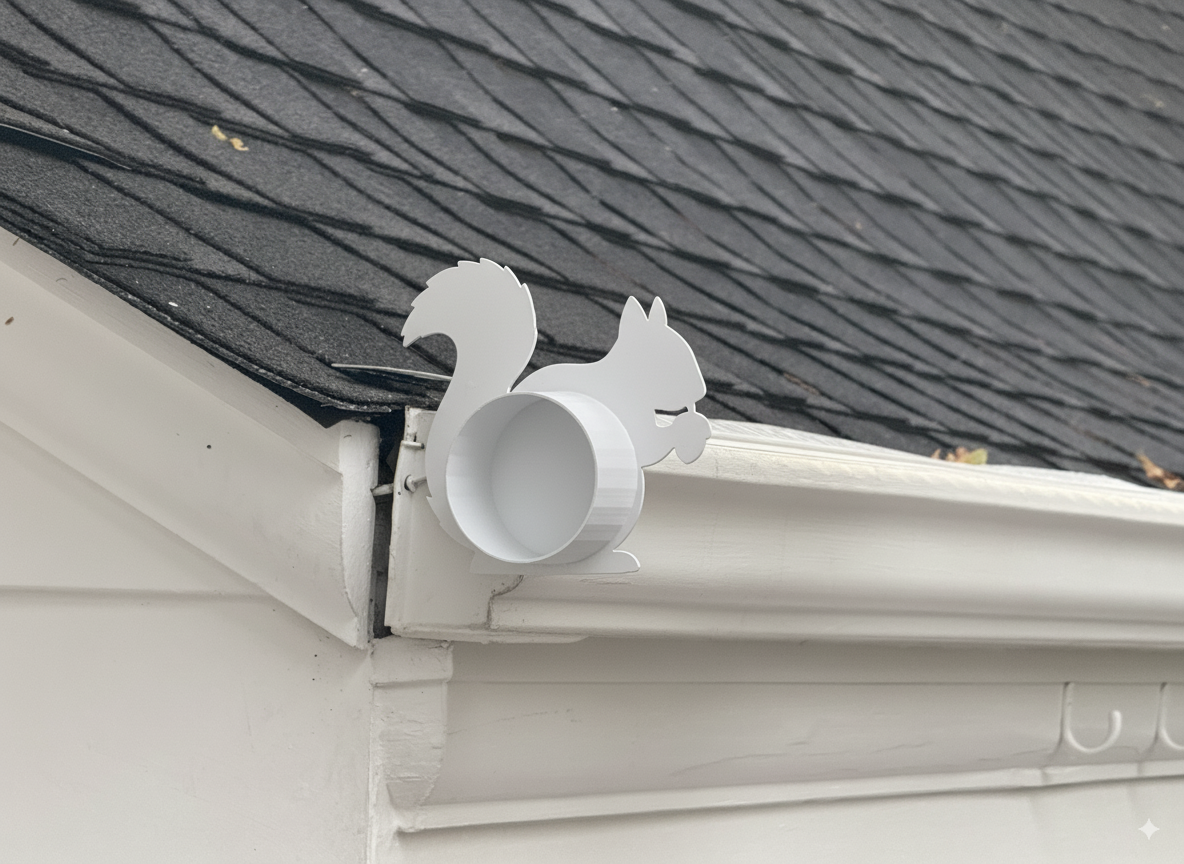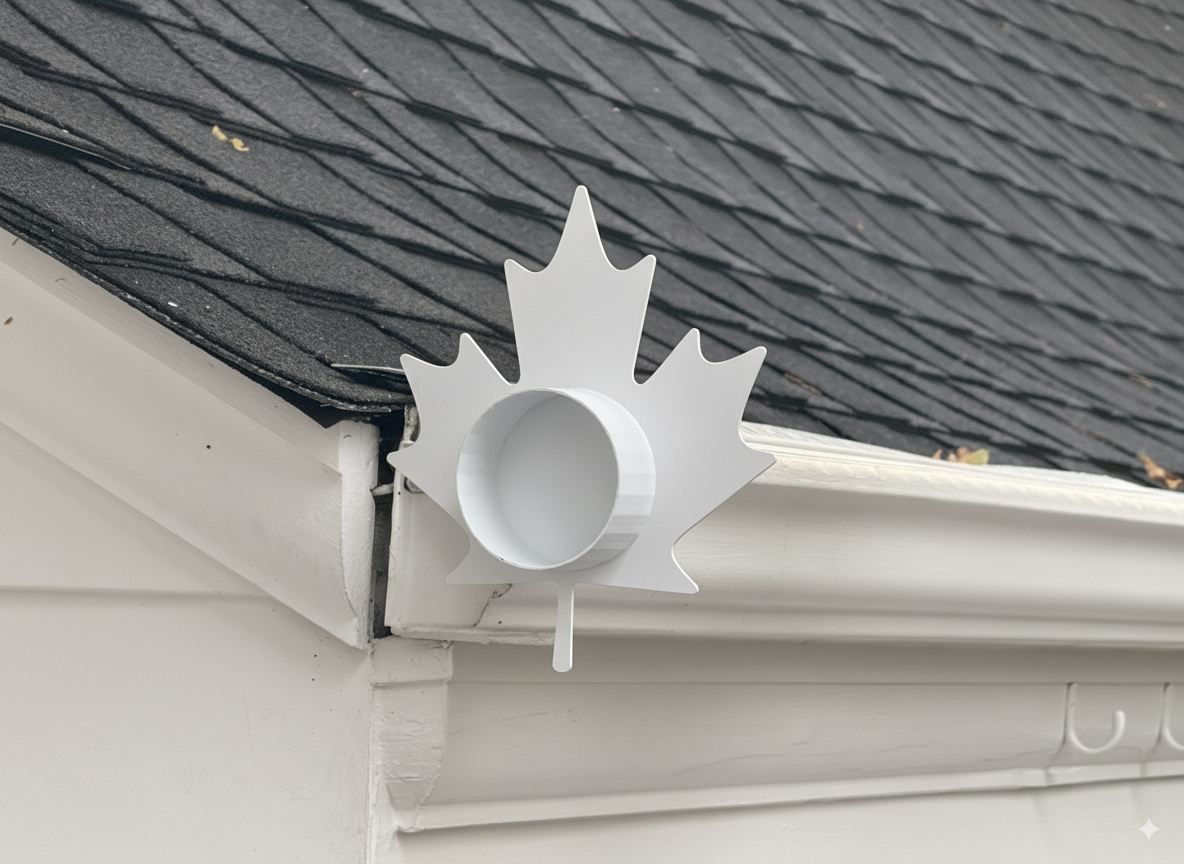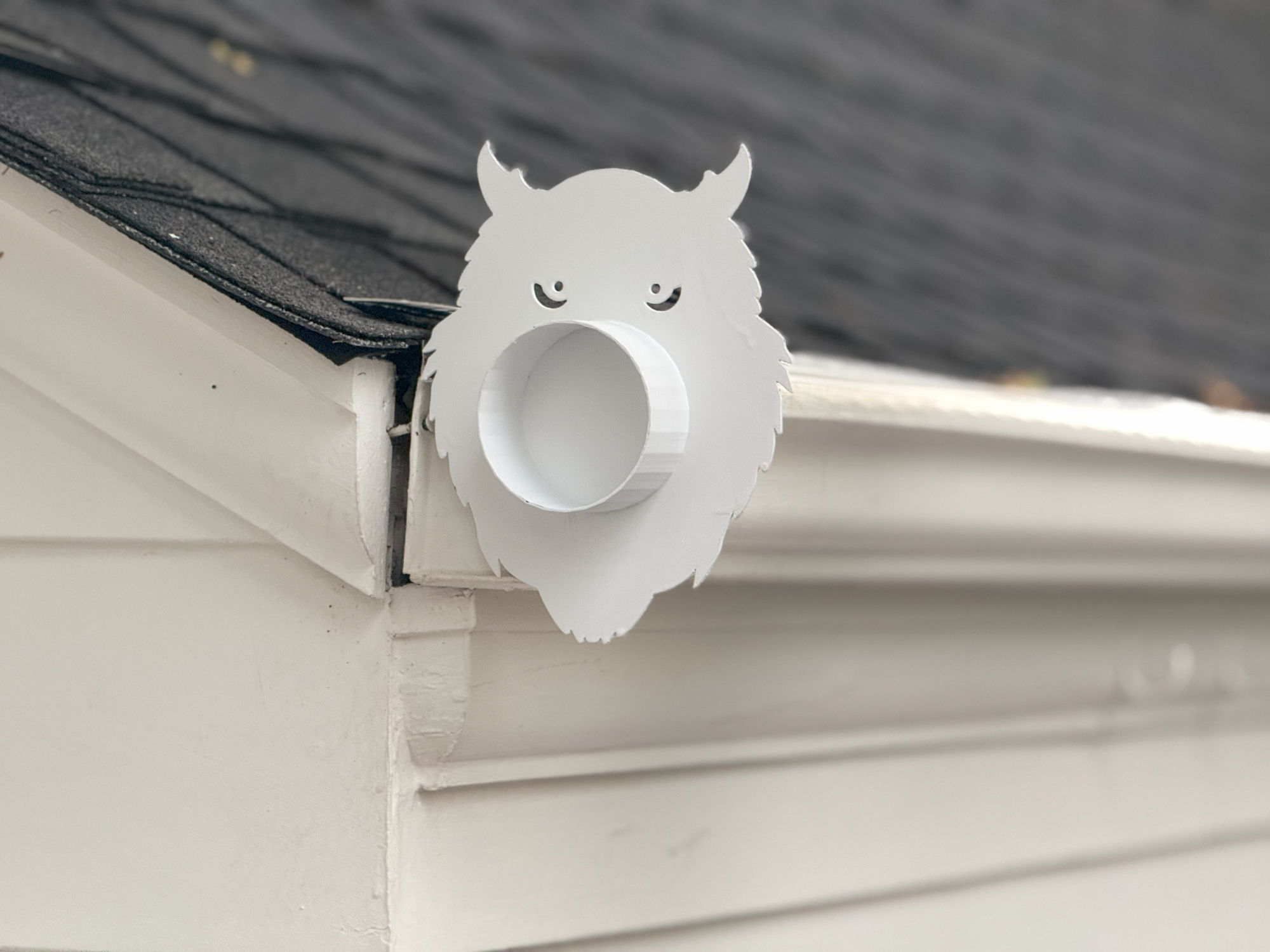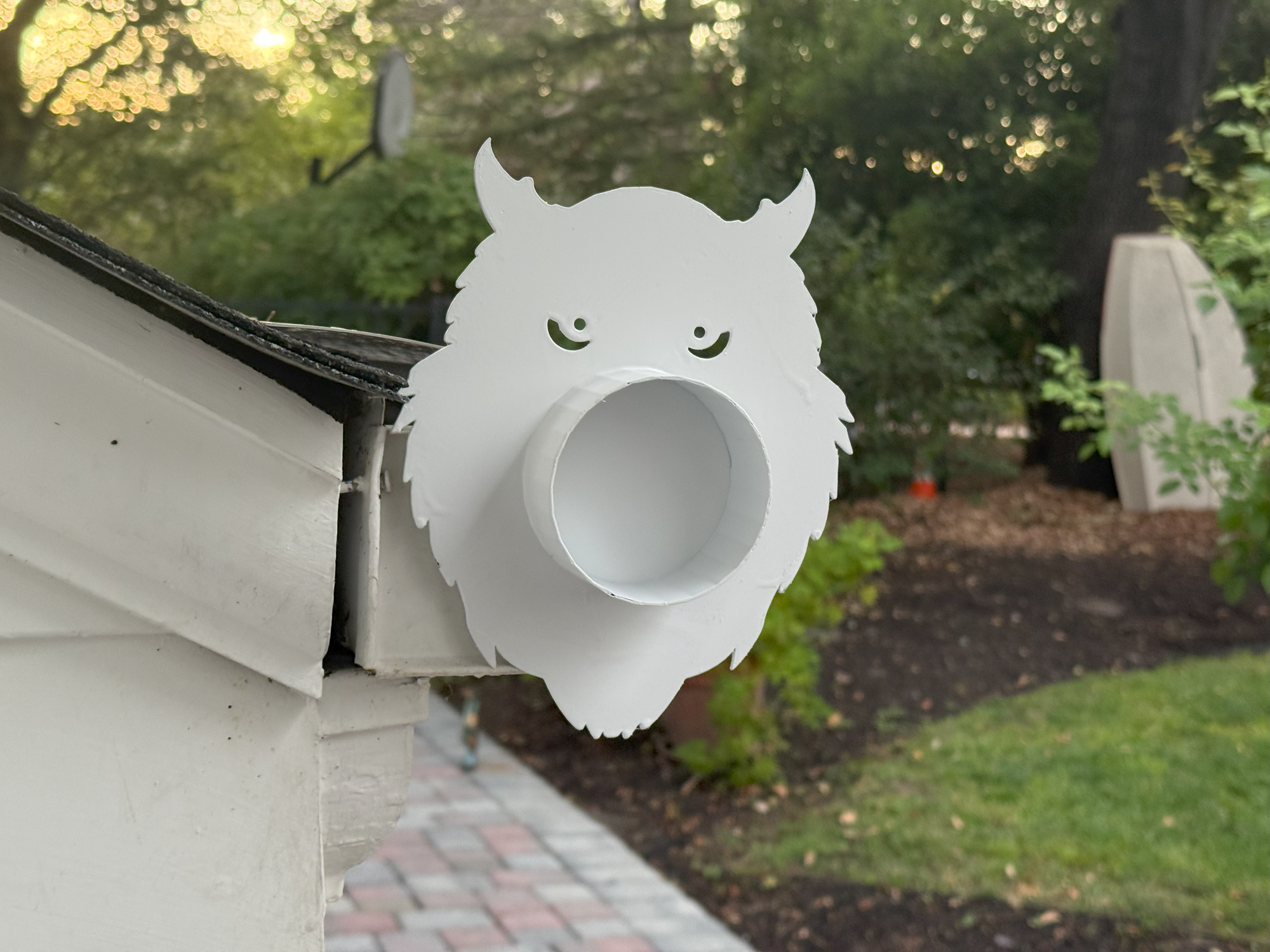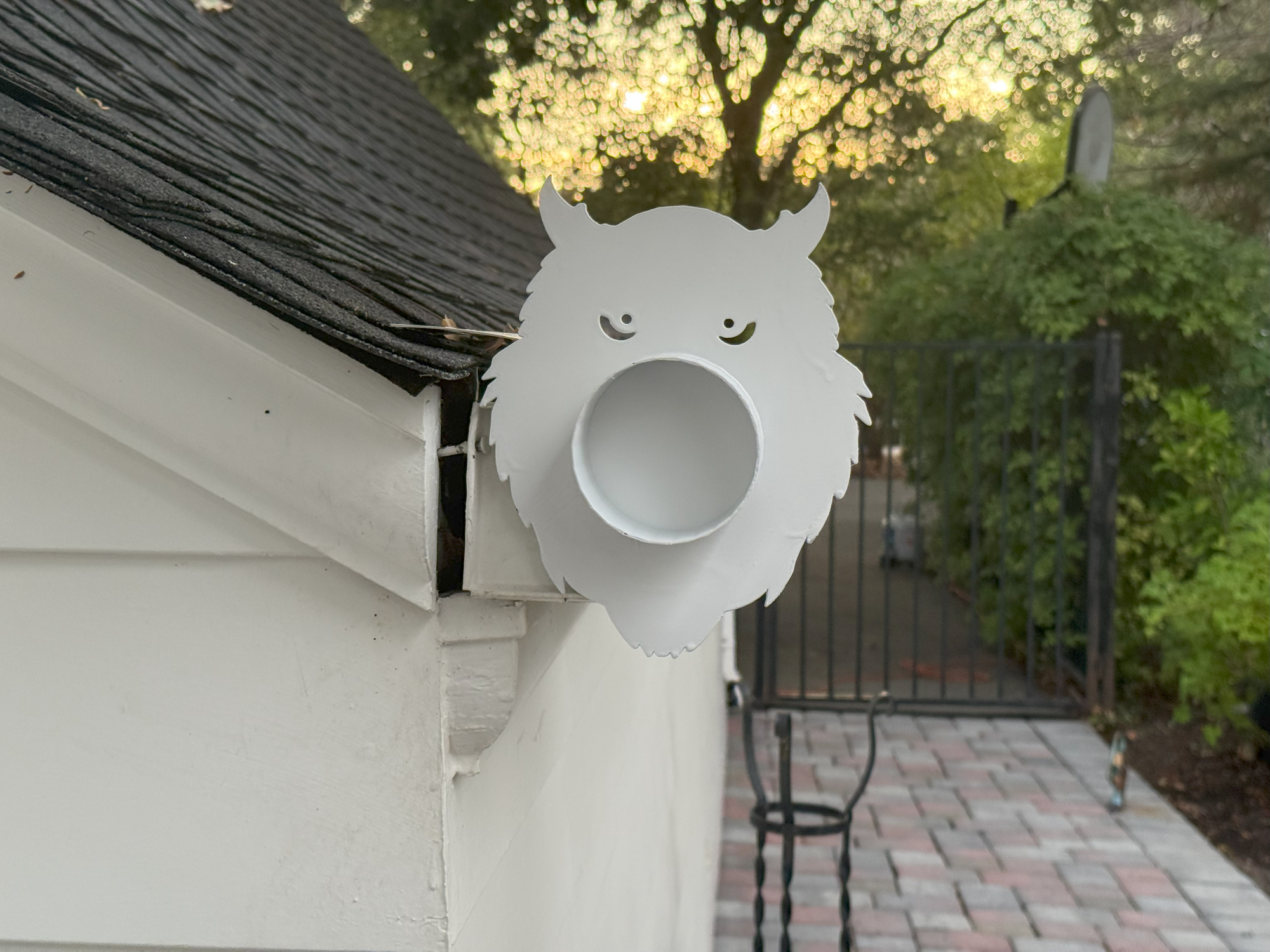Hot & Cold Therapy: The Complete Guide to Saunas, Cold Plunges, and Contrast Routines
Affiliate disclosure: This post contains affiliate links. If you buy through them, we may earn a commission at no extra cost to you.
Why Hot & Cold Works
Heat dilates blood vessels, boosting circulation and relaxation. Cold constricts them, helping reduce inflammation and sharpen recovery. Alternating them—known as contrast therapy—has deep cultural roots (think Finnish sauna + icy lake) and modern science behind it.
New to each modality? Read the sauna benefits guide and the cold plunge benefits guide first.
Choose Your Setup (Sauna + Plunge)
Simple Contrast Protocol (Beginner)
| Step | Sauna | Cold Plunge | Notes |
|---|---|---|---|
| Warm-Up | 8–12 min at comfortable heat | — | Hydrate; breathe slowly. |
| Cycle 1 | 6–10 min | 1–2 min (50–55°F / 10–13°C) | Exit if dizzy or numb. |
| Cycle 2 | 6–10 min | 1–3 min | Keep steady nasal breathing. |
| Optional 3 | 4–8 min | 1–2 min | Finish cold for alertness; finish warm for relaxation. |
| Cool-Down | — | — | Dry off, rehydrate, light movement. |
Learn more background in the history of saunas and the history of cold-water therapy.
Budget vs Convenience
Ice tubs have a lower upfront cost but require ongoing ice or a dedicated freezer. Chiller systems are a higher investment but deliver precise temperatures and “always-ready” convenience—often more cost-effective for daily plungers. See the full breakdown in our cold plunge comparison & rankings.
Safety First
- Consult your clinician if you have cardiovascular, neurological, or metabolic conditions.
- Start with shorter sessions and moderate temperatures; build gradually.
- Never plunge alone; avoid alcohol; stop if you feel lightheaded or numb.
Next Steps
Ready to build your routine? Deep-dive the sauna benefits, compare traditional vs infrared, and pick your plunge from our ranked cold plunge guide. Then practice the beginner protocol above 2–3x per week.






